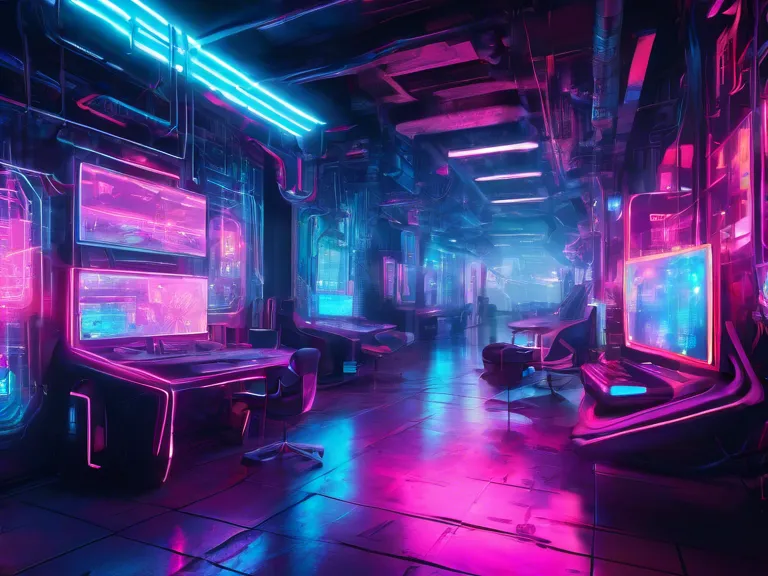
Pixel Power: The Evolution of Technology Through Retro Graphics
Retro graphics, such as pixel art and low-resolution designs, have made a remarkable comeback in recent years. These nostalgic visual elements, popularized in the 8-bit and 16-bit eras of gaming, are not just a blast from the past but symbols of an important evolution in technology.
The pixelated images of early video games in the 1970s and 1980s might seem primitive by today's standards, but they laid the foundation for modern graphics. With limited hardware capabilities, game designers had to be creative with how they represented characters, objects, and environments on screen. As a result, pixel art became an art form in its own right, requiring skill and attention to detail.
As technology advanced, graphics in video games and other digital media became more realistic and detailed. However, the appeal of retro graphics never truly faded. In the 21st century, indie game developers and artists began to embrace pixel art once again, using it as a stylistic choice rather than a technological limitation. This resurgence of retro aesthetics has given rise to a new wave of games, animations, and digital art that celebrates the simplicity and charm of older technology.
The evolution of technology through retro graphics is a testament to the enduring power of creativity and innovation. By looking back at the pixelated pioneers of the past, we can gain a deeper appreciation for how far we have come and how much further we can go in the future.



